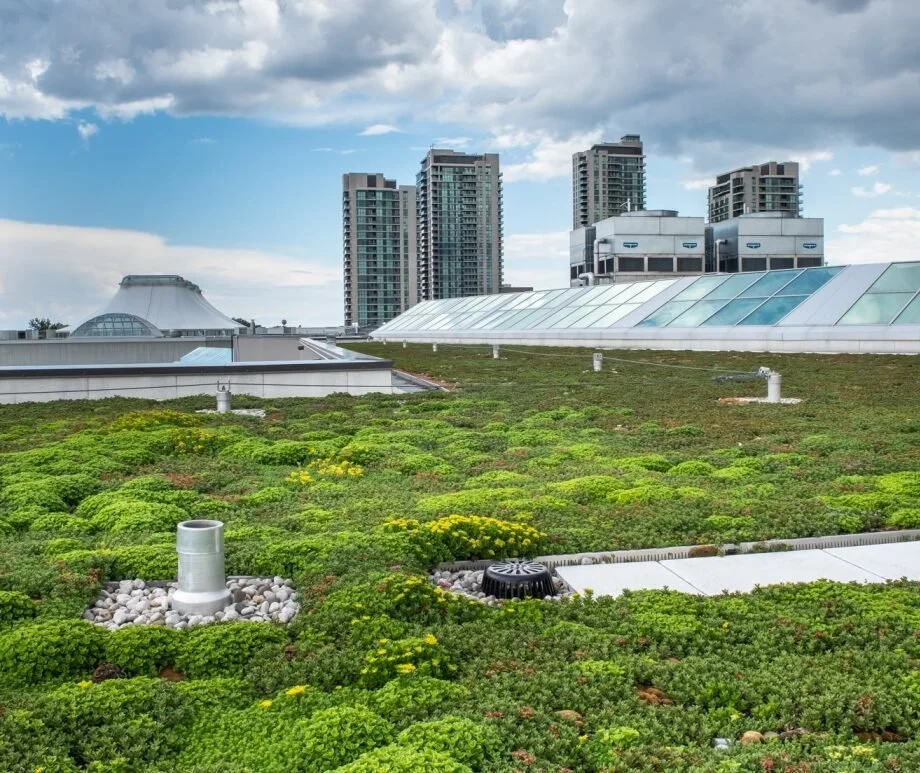Designing for a Changing Planet
Climate change isn’t a distant challenge—it’s a present reality shaping how we live, work, and build. As extreme weather events become more frequent, sea levels continue to rise, and global temperatures climb, architects are reimagining how buildings interact with the environment. At Uncommon Architects, we see this as both a responsibility and an opportunity: to create structures that are not only resilient, but regenerative.
Embracing Resilience
Resilient design solutions are being deployed in real-world cities.
One of the most immediate ways climate change influences architecture is through the growing demand for resilient buildings—structures that can withstand storms, wildfires, floods, and heatwaves. This means rethinking site selection, material choices, and building systems.
From elevated foundations in flood-prone areas to fire-resistant materials in high-risk zones, architects are integrating adaptive strategies into early design decisions. Resilience isn’t just about survival—it’s about creating continuity and comfort for the people who inhabit these spaces.
Passive Design and Energy Efficiency
As energy grids are stressed and carbon reduction becomes imperative, passive design principles are experiencing a revival. These strategies reduce reliance on mechanical heating and cooling through intelligent use of orientation, insulation, natural ventilation, and thermal mass.
Architects are leveraging everything from high-performance glazing to green roofs and operable windows to keep buildings comfortable while minimizing environmental impact. Smart design isn’t just better for the planet—it can also reduce long-term costs and improve indoor quality of life.
Renewable Materials and Low-Carbon Construction
Concrete and steel have long been industry staples, but their environmental footprint is significant. In response, many architects are turning to renewable or recycled materials such as cross-laminated timber (CLT), reclaimed brick, and low-carbon concrete alternatives.
Sourcing local materials and designing for deconstruction (so that buildings can be reused or recycled in the future) are gaining traction as architects push for sustainable supply chains and cradle-to-cradle thinking.
Climate-Conscious Site Planning
Example of a green, climate-conscious building design.
Beyond individual buildings, climate-responsive architecture includes broader site planning strategies. This includes designing urban spaces that reduce heat island effects, encourage walkability, and integrate natural ecosystems into the built environment.
Green infrastructure—like bioswales, permeable paving, and native plant landscaping—can reduce runoff, support biodiversity, and create more livable, beautiful spaces.
The Future is Collaborative
Addressing climate change requires collaboration across disciplines: architects, engineers, city planners, developers, and communities. It also means listening—to local climate data, to the rhythms of the land, and to the needs of future generations.
We believe great design doesn’t just respond to climate—it shapes a more hopeful future. Through innovation, collaboration, and a commitment to sustainability, architecture can be a powerful force for good in a changing world.
Let’s Build Better—Together
If you’re interested in climate-resilient design or want to explore sustainable options for your next project, we’d love to talk. Get in touch and let’s imagine what’s possible.


